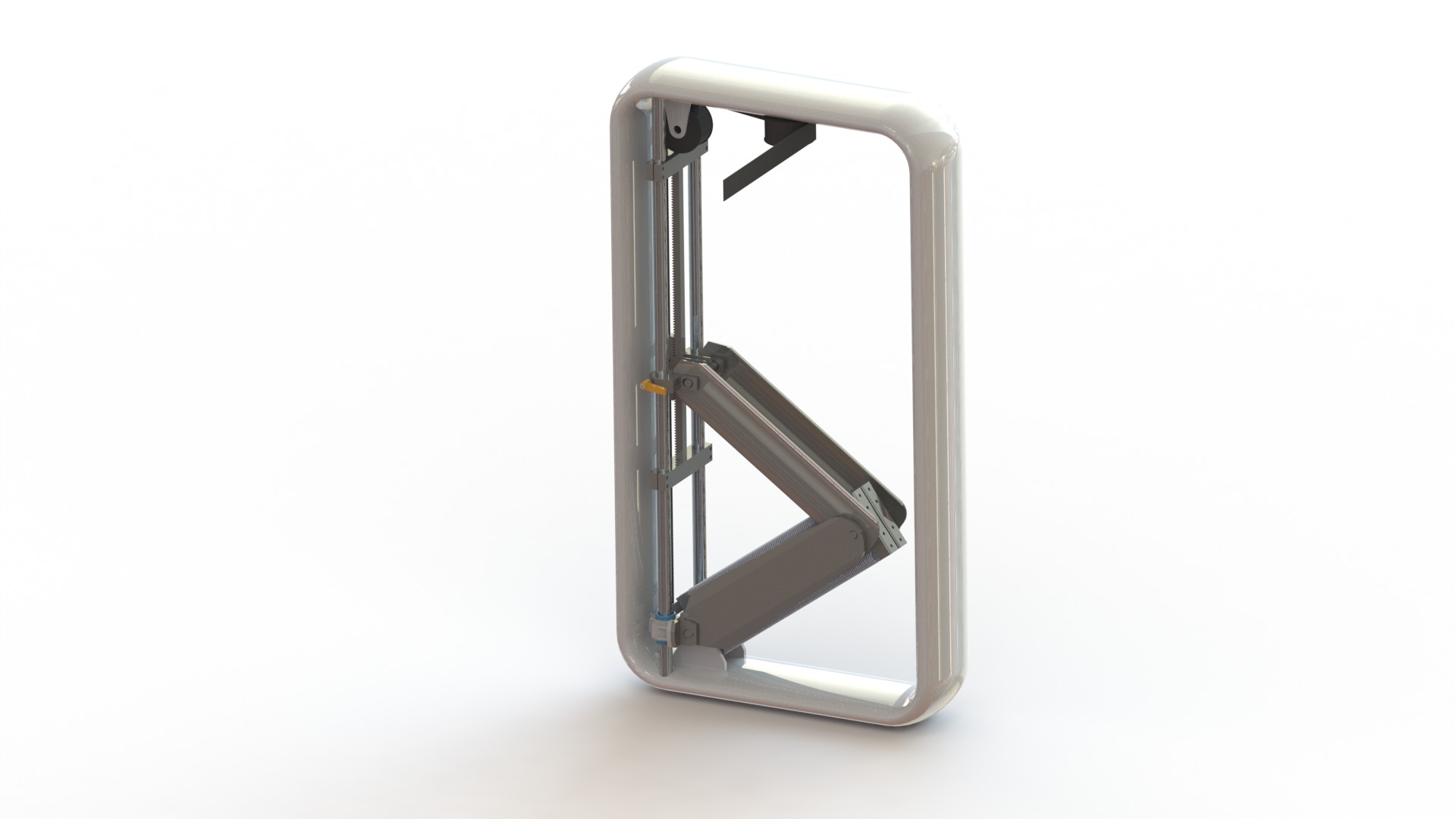Several characteristics make PhantomSpring technology exceptionally suitable for implementation in the Fitness
& Wellness industry. Whereas conventional weightlifting machines use pulleys and stacked weights,
clutches, shock absorbers or rubber tension elements to produce resistance, Phantom Spring Technology
(PST) employs a mechanical spring system that duplicates the effect of gravity on stacked weights.
Compressed air systems achieve similar benefits, but also create notable disadvantages. Below you'll find a brief summary of the apparent advantages of PST compared to existing technologies.
SAFE
Weight based machines produce inertia effects that can double the force experienced by a user. Muscles and ligaments can be damaged by this inertia-generated overload. To avoid injuries coaches and therapists prefer resistance to remain constant throughout the range and speed of a user’s movement. Since there are no weights used in PST, there is no inertia, nor any of its negative side effects. A user can be assured that, no matter what movement is made, the resistance remains constant. Compressed air systems have been designed with the same advantage in mind, they however succeed to a lesser degree to achieve true constant friction.
SPACE SAVING, LIGHTWEIGHT MACHINE
PST allows for a reduced footprint. It will fit in a box of 1400x800x200 mm for a machine that is capable of delivering a 140kg load equivalent, while weighing only 40kg. Smaller load range
requirements will further reduce size and weight.
FREEDOM IN MACHINE DESIGN
PST is not dependent on gravity. The orientation of the system, relative to the forces of gravity, has
no influence on its function. This makes a larger variety of system layouts possible and creates more
freedom in design. Moreover, the load interface of the PST can be positioned in a variety of places best suitable to the overall system layout, contributing to design freedom and machine ergonomics.
COMPLETELY STAND-ALONE
In contrat to compressed air systems PST is a complete stand-alone system. There is no need for
additional infrastructure or energy supply.
LONG SERVICE LIFE, LOW MAINTENANCE
PST consists of very basic, easily replacable, mechanical components, and has proven to achieve millions of cycles without maintenance.
STEPLESS ADJUSTMENT OF LOAD
PST can exert a load equivalent of 2 to 300kg, comparable to existing weight-based machines. An
advantage is the possibility to adjust the increments between loads. Precise increments of for example,
0.5 kg, 2 kg or 5 kg are all possible, and can be predesigned. With the addition of an actuator it is even possible to make the load continuously adjustable.
LOW COST AUTOMATION
PST allows for easy automation of load adjustment, since the adjustment requires very little energy
or movement. The simplest of actuators and electronic interfaces can facilitate such adjustments in very little time (<0,5s). This will make it easy and cost efficient to combine the system with electronic
equipment, while at the same time enabling more freedom in design.
COST COMPETITIVE TECHNOLOGY
PST is cost competitive in comparison to conventional constant resistance solutions.





